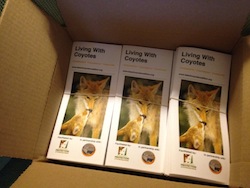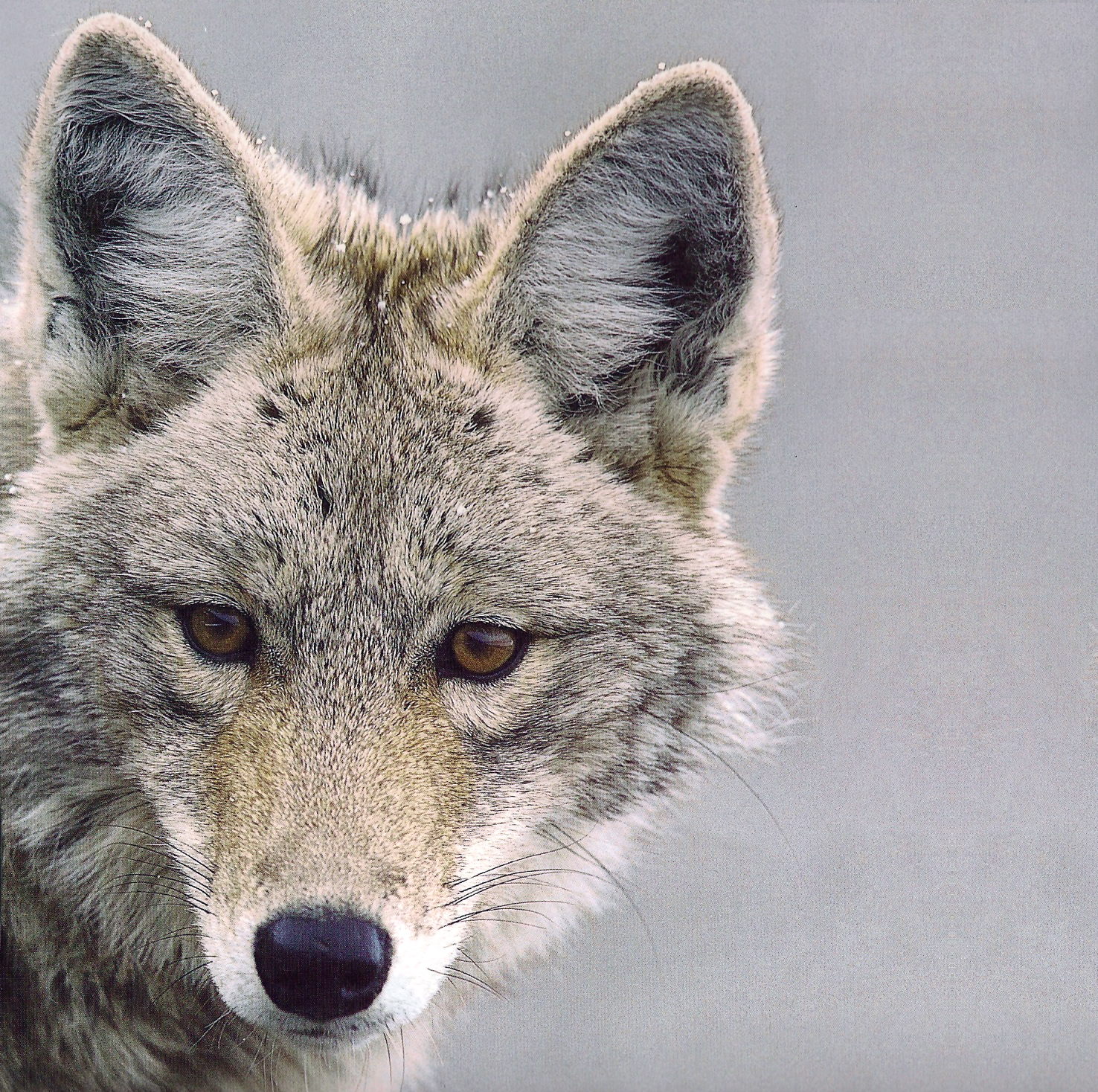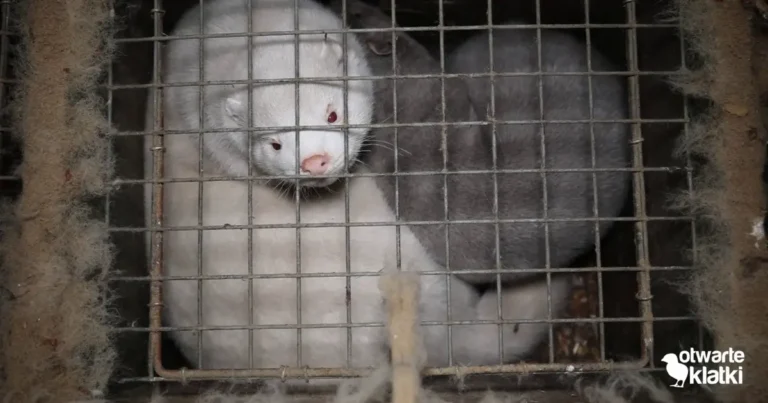
In light of recent human-coyote interactions in the Beach, last night concerned residents met with local councillors, APFA staff, Coyote Watch Canada, Toronto Wildlife Centre, Toronto Region Conservation Authority, Toronto Animal Services and Toronto Police Sevices (Division 55) to discuss the current situation, and explore what can be done to minimize human-coyote interactions.
The consensus was clear: coyotes are here to stay, they are as much a part of the urban environment as raccoons and squirrels, and the overwhelming majority of them live wild lives away from humans. Coyotes passing through neighbourhoods is common and no cause for alarm. However, unfortunately there are residents in the Beach who are feeding coyotes, and this is causing them to become/remain habituated to humans (and human-provided food sources). This “rolls out the welcome mat” for coyotes, encouraging them to view the neighbourhood people as steady suppliers of food. Most recently this resulted in an unfortunate incident involving a small neighbourhood dog, who had to be euthanized due to his injuries.
Last night’s experts were clear on several critical pieces of information:
- Never ever feed coyotes– This was unanimously stated and restated by all experts, especially since it is known that there are residents feeding. The majority of Beach residents understand this, and have lived predominantly incident free for years, however even a few ‘feeders’ can “roll out the welcome mat” for coyotes.
- Minimize attractants–Experts continually stated that residents shouldn’t leave pet food outside, they should secure garbage and compost, remove fallen tree fruit, and not allow bird feeders to overflow (temporarily removing them given the current situation is ideal)
- Cats belong indoors– Nathalie Karvonen (founder and director of Toronto Wildlife Centre) asked “what if we let our hamsters outside for the day?” The balance of evidence shows outdoor cats have shorter lives, are routinely hit by cars, killed by other animals, and become infected with life-threatening diseases. Apart from that, coyotes cannot distinguish between a cat or small dog and their preferred food source. And while a study showed that less than 2% of a coyote’s diet was comprised of domestic animal (and even then it was potentially carrion), territorial behaviours can develop in coyotes if they are being fed.
- Dogs should be kept on leash/under supervision–As stated above, territorial behaviours can occur if fed coyotes begin to see neighbourhood dogs as competition for food. Additionally, the consensus of the experts was that almost without exception, dogs initiate contact with coyotes first and thus should be leashed so that they don’t chase a coyote.
- If you encounter a coyote–The whole community needs to work together to make these coyotes less comfortable. When encountering a coyote in a non-wild space (i.e.: backyard) practice the 5 S’s: Stop. Stand Still. Shout “Go Away!” in a loud, deep voice while waving your arms. Slowly back away, but don’t ever run from a dog (including coyotes). Share your sighting with BCC.

The next steps for the Beach Coyote Coalition include mobilizing a volunteer force to go door to door to:
- Encourage individuals to use the Sighting Form on the site to allow volunteers to focus outreach efforts where most needed.
- Encourage individuals to report people feeding coyotes to the BCC project, as well as to Toronto Animal Services. These people are, whether they realize it or not, putting their communities at risk. By anonymously reporting this behaviour, appropriate education/follow up can be put in place to ensure pressure remains on them to stop feeding.
- Encourage individuals to support Councillor De Baeremaeker‘s recent motion which would implement a coyote policy for Toronto (which would include a no-kill policy, a no-feeding bylaw, and an education program). This motion is supportive of the entire approach that the BCC project strives for: community, compassion, and coexistence.
